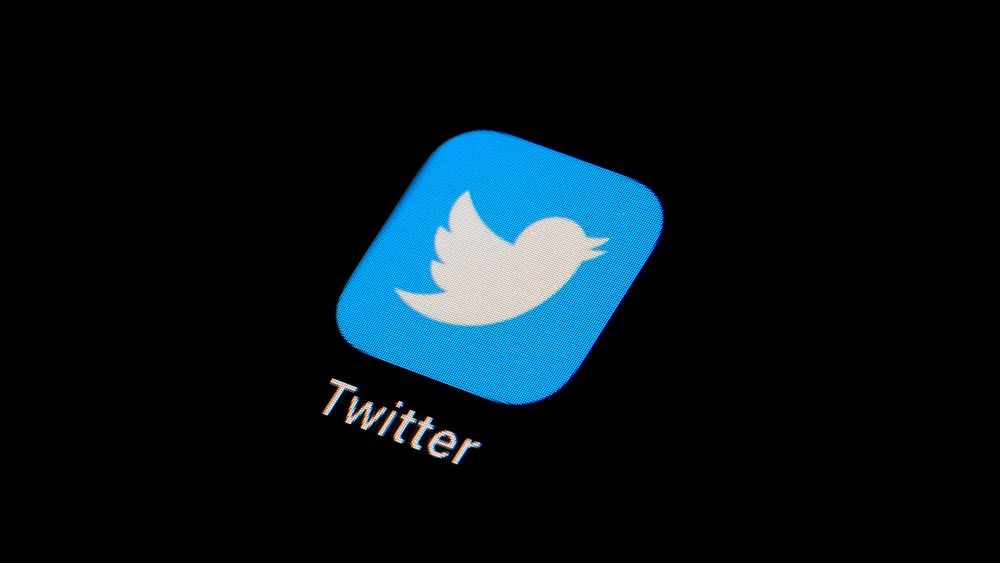
Verified Twitter users have been awaiting the removal of their verified status on the platform, after Twitter’s CEO Elon Musk announced anyone who didn’t pay for the Twitter Blue subscription service would lose their check mark.
Almost all of them however seem to still have their check marks in place, despite not paying up for the April 1 deadline.
One notable exception is that of the New York Times, which saw its main Twitter account lose the verified tick, apparently in a targeted move by Musk after the paper said it would not be paying for verification.
Early on Sunday, Musk tweeted that the Times would lose its check mark, later making disparaging remarks about the paper which has aggressively reported on Twitter and on flaws with partially automated driving systems at Tesla, the electric car company, which Musk also runs.
Many of Twitter’s high-profile users are bracing for the loss of the blue check marks that helped verify their identity and distinguish them from impostors on the social media platform.
Instead, Musk is requiring that they pay from $8 (€7.37) a month to keep the verified status. Anyone can pay for a verified tick, regardless of if they are using their real identity or not, as the new verification system does not require an identity check – a check that was required under the old system for so-called “notable” accounts.
Other New York Times accounts such as its business news and opinion pages still had either blue or gold check marks on Sunday, as did multiple reporters for the news organisation.
“We aren’t planning to pay the monthly fee for check mark status for our institutional Twitter accounts,” the Times said in a statement on Sunday. “We also will not reimburse reporters for Twitter Blue for personal accounts, except in rare instances where this status would be essential for reporting purposes,” the newspaper said in a statement Sunday.
The change led to another round of impersonations, with one verified user changing their name and profile image to that of the New York Times.
The Associated Press, which has said it also will not pay for the check marks, still had the verified ticks on its accounts at midday on Sunday. A host of other news and media organisations, including Buzzfeed, the Washington Post, and the LA Times.
Twitter responded to an emailed request for comment with a single poo emoji.
Twitter Blue or legacy account?
Another change has caused consternation amongst a number of verified users. Now there is no way to tell which users have paid for Twitter Blue, and which ones have legacy verified accounts, as the message on the verified ticks now reads: “This account is verified because it’s subscribed to Twitter Blue or is a legacy verified account”.
A number of legacy verified accounts were tweeting directly to Elon Musk on Sunday asking him to take their checkmarks away.
The costs of keeping the check marks ranges from $8 (€7.36) a month for individual web users to a starting price of $1,000 (€920) monthly to verify an organisation, plus $50 (€46) monthly for each affiliate or employee account.
Celebrity users from basketball star LeBron James to Star Trek’s William Shatner have declared they will not be paying for verification, while Seinfeld actor Jason Alexander pledged to leave the platform if Musk takes his blue check away.
The White House is also refusing to pay for premium accounts, according to a memo sent to staff. While Twitter has granted a free gray mark for President Joe Biden and members of his Cabinet, lower-level staff won’t get Twitter Blue benefits unless they pay for it themselves.
“If you see impersonations that you believe violate Twitter’s stated impersonation policies, alert Twitter using Twitter’s public impersonation portal,” said the staff memo from White House official Rob Flaherty.
Subscription service disaster
After buying Twitter for $44 billion (€40.5 billion) in October, Musk has been trying to boost the struggling platform’s revenue by pushing more people to pay for a premium subscription.
But his move also reflects his assertion that the blue verification marks have become an undeserved or “corrupt” status symbol for elite personalities, news reporters and others granted verification for free by Twitter’s previous leadership.
Along with shielding celebrities from impersonators, one of Twitter’s main reasons to mark profiles with a blue check mark starting about 14 years ago was to verify politicians, activists, and people who suddenly find themselves in the news, as well as little-known journalists at small publications around the globe, as an extra tool to curb misinformation coming from accounts that are impersonating people.
Most “legacy blue checks” are not household names and weren’t meant to be.
Musk’s move to implement a subscription service was an initial disaster, bringing an inundation of impostor accounts, including those impersonating Nintendo, pharmaceutical company Eli Lilly and Musk’s businesses Tesla and SpaceX. Twitter had to temporarily suspend the service days after its launch.
